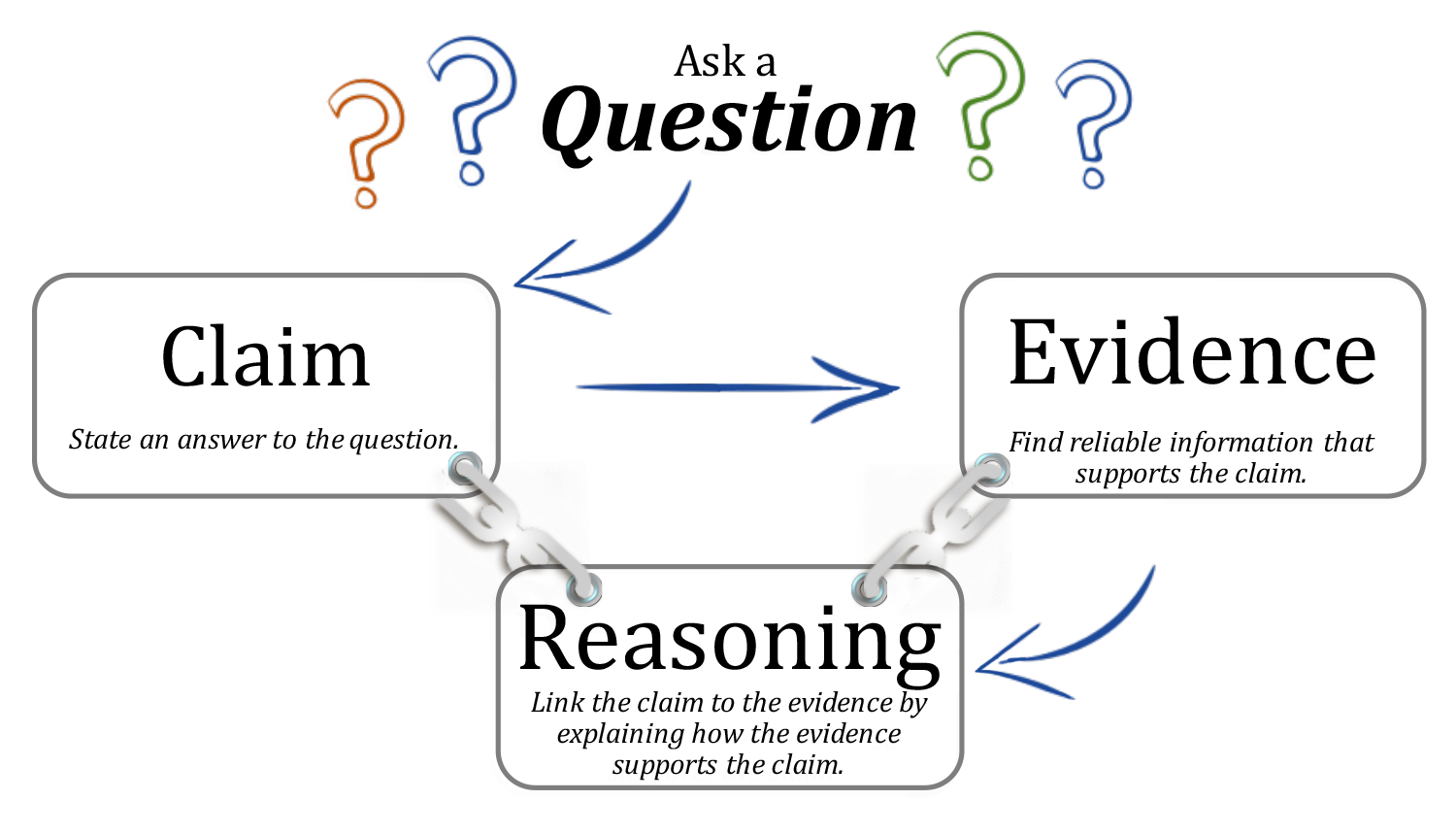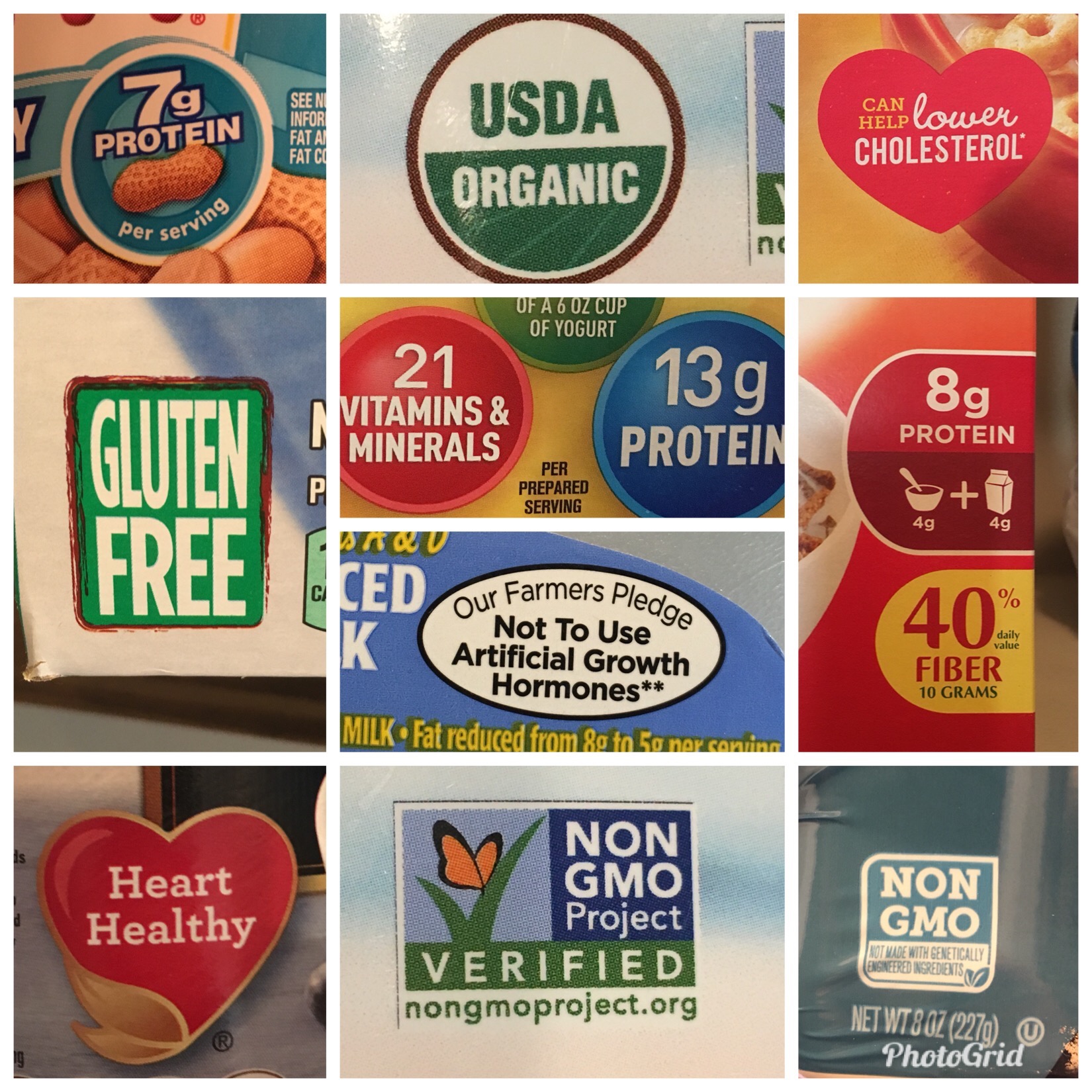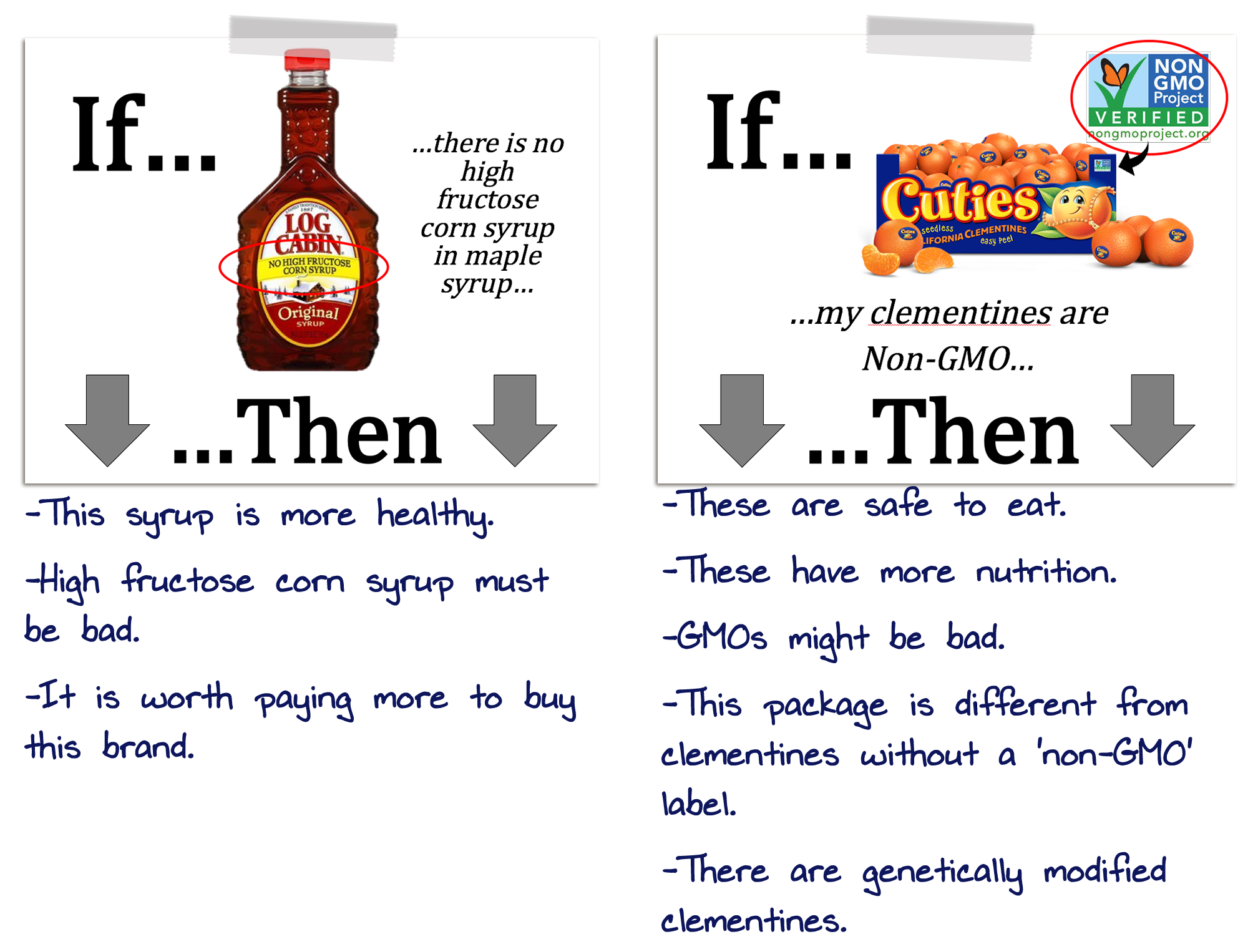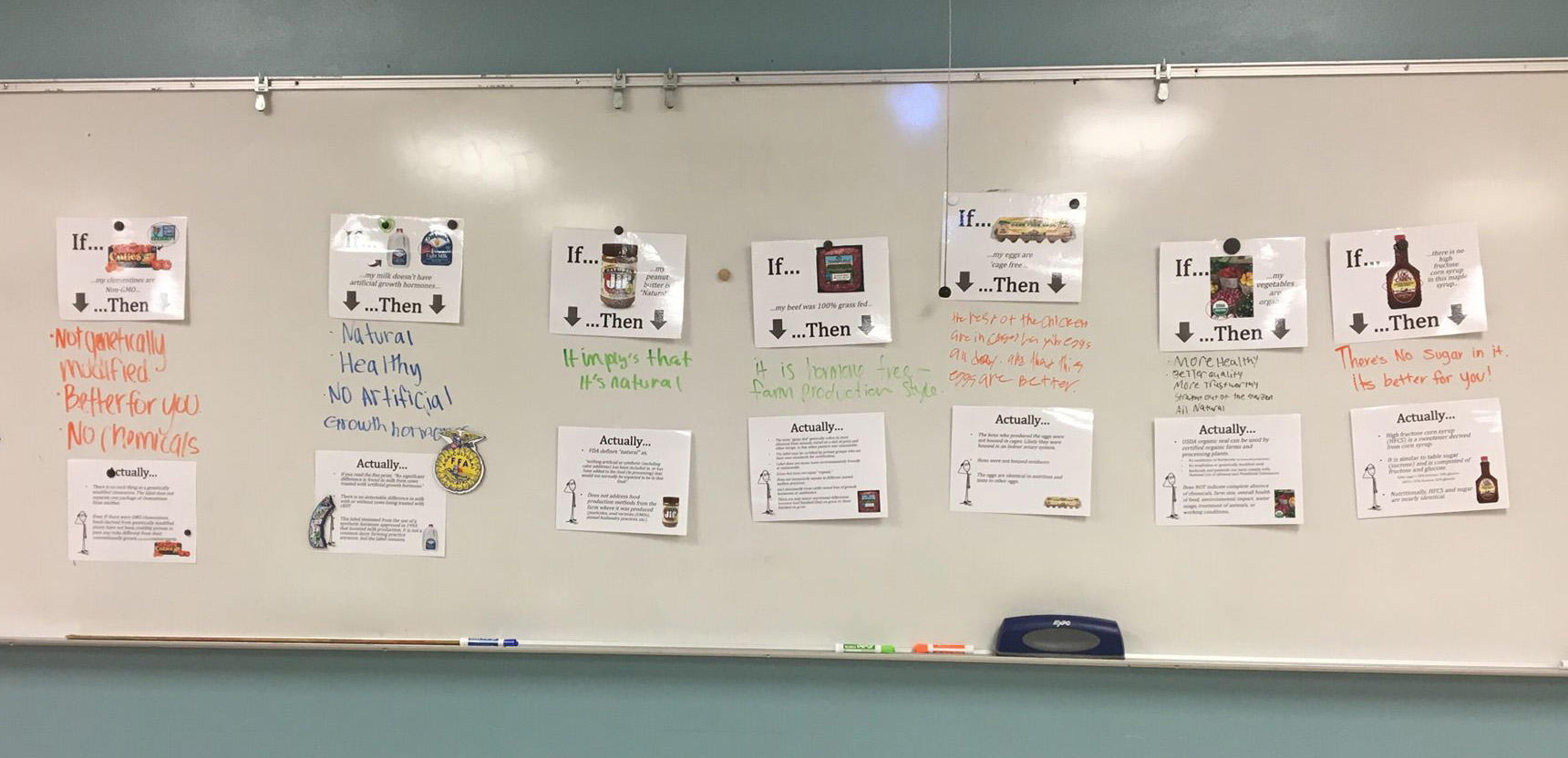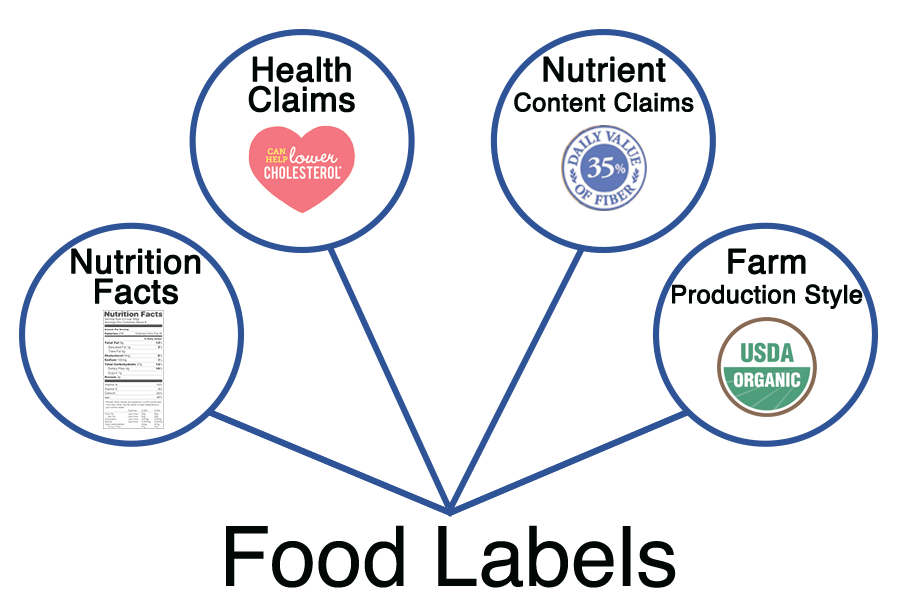Looking Under the Label
Students evaluate food package labels, determine their meaning, and use the Claim, Evidence, and Reasoning model to determine the value of the label in relation to food production practices, nutrition, health, and food safety. Students will engage in critical thinking to recognize the impact of food package labels in relation to marketing, consumer perceptions of food, and farming practices.
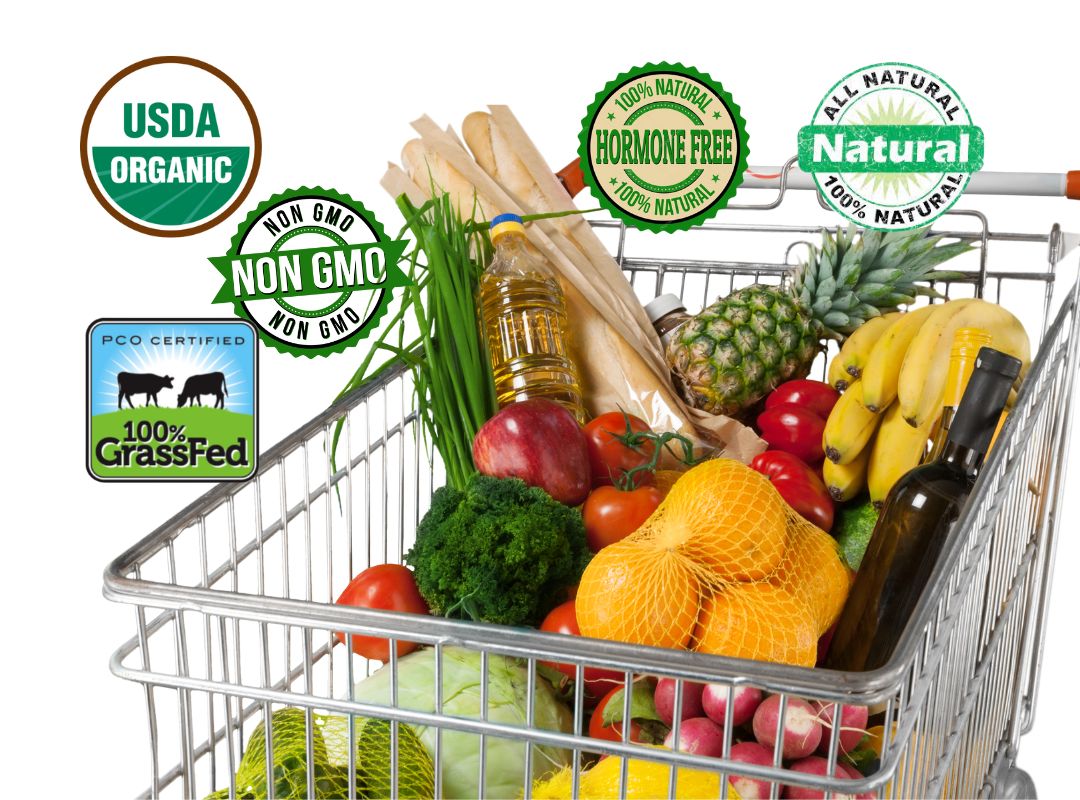
Background
Lesson Activities
Recommended Companion Resources
Credits
Author
Andrea Gardner | National Center for Agricultural Literacy (NCAL)
Acknowledgements
- Portions of Activity 1 and Activity 4 were adapted from materials prepared by Rhodora Collins, Ag Literacy Coordinator in Sycamore, Illinois.
- Portions of Activity 3 were adapted from materials prepared by Holly Partridge, Agriculture Science teacher in New York.
Sources
- https://www.foodnavigator-usa.com/Article/2017/03/31/Food-labels-and-claims-confuse-many-consumers-globally-says-new-study
- https://www.fda.gov/food/food-labeling-nutrition/use-term-natural-food-labeling
- https://www.ers.usda.gov/topics/natural-resources-environment/organic-agriculture/organic-market-overview.aspx
- https://www.fda.gov/food/guidanceregulation/guidancedocumentsregulatoryinformation/labelingnutrition/ucm2006828.htm
- https://www.usda.gov/media/blog/2012/03/22/organic-101-what-usda-organic-label-means
- https://www.thermofisher.com/blog/food/what-does-usda-certified-organic-mean/
- http://annals.org/aim/article-abstract/1355685/organic-foods-safer-healthier-than-conventional-alternatives-systematic-review
- https://blogs.scientificamerican.com/science-sushi/httpblogsscientificamericancomscience-sushi20110718mythbusting-101-organic-farming-conventional-agriculture/
Standards
Indiana Content Area Standards
-
Health and Wellness: Standard 2
Students will analyze the influence of family, peers, culture, media, technology, and other factors on health behaviors.
- 12.2.1 Health and Wellness: Analyze how the family influences the health or individuals across the lifespan.
- 12.2.3 Health and Wellness: Evaluate the effect of media on health behaviors.
- 12.2.8 Health and Wellness: Analyze the influence of personal values and beliefs on individual health practices and behaviors.
-
Health and Wellness: Standard 3
Students will demonstrate the ability to access valid information, products, and services to enhance health.
- 12.3.1 Health and Wellness: Evaluate the validity of health information, products and services.
-
Health and Wellness: Standard 5
Students will demonstrate the ability to use decision-making skills to enhance health.
- 12.5.1 Health and Wellness: Identify personal health decisions and analyze related internal and external influences.
-
Geography and History of the World: Innovations and Revolutions: Standard 6
Students examine physical and human geographic factors that influenced the origins, major events, diffusion, and global consequences of new ideas in agriculture, science, culture, politics, industry, and technology.
- GHW.6.5 Innovations and Revolutions: Analyze and assess the impact of the four major agricultural revolutions on the worlds human and physical environments.
-
Economics: Supply and Demand: Standard 2
Students understand the role that supply and demand, prices, and profits play in determining production and distribution in a market economy.
- E 2.2 Supply and Demand : Recognize that consumers ultimately determine what is produced in a market economy.
- E.2.1 Supply and Demand : Define supply and demand and explain the causes of the Law of Supply and the Law of Demand.
- E.2.4 Supply and Demand: Identify factors that cause changes in market supply and demand and how these changes affect price and quantity in a competitive market.
-
English Language Arts.Grade 9-10.RV.1
Acquire and accurately use academic and content-specific words and phrases at the college and career readiness level; demonstrate independence in gathering vocabulary knowledge when considering a word or phrase important to comprehension or expression.
- Vocabulary Building.9-10.RV.2.1: Use context to determine or clarify the meaning of words and phrases.
-
English Language Arts.Grade 9-10.SL.1
Listen actively and adjust the use of spoken language (e.g., conventions, style, vocabulary) to communicate effectively with a variety of audiences and for different purposes.
- Discussion and Collaboration.9-10.SL.2.1: Initiate and participate effectively in a range of collaborative discussions on grade-appropriate topics, texts, and issues, building on others ideas and expressing personal ideas clearly and persuasively.
-
English Language Arts.Grade 11-12.RV.1
Acquire and accurately use academic and content-specific words and phrases at the college and career readiness level; demonstrate independence in gathering vocabulary knowledge when considering a word or phrase important to comprehension or expression.
- Vocabulary Building.11-12.RV.2.1: Use context to determine or clarify the meaning of words and phrases.
-
English Language Arts.Grade 11-12.SL.1
Listen actively and adjust the use of spoken language (e.g., conventions, style, vocabulary) to communicate effectively with a variety of audiences and for different purposes.
- Discussion and Collaboration.11-12.SL.2.1: Initiate and engage in a range of collaborative discussions on grade-appropriate topics, texts, and issues, building on others ideas and expressing personal ideas clearly and persuasively.
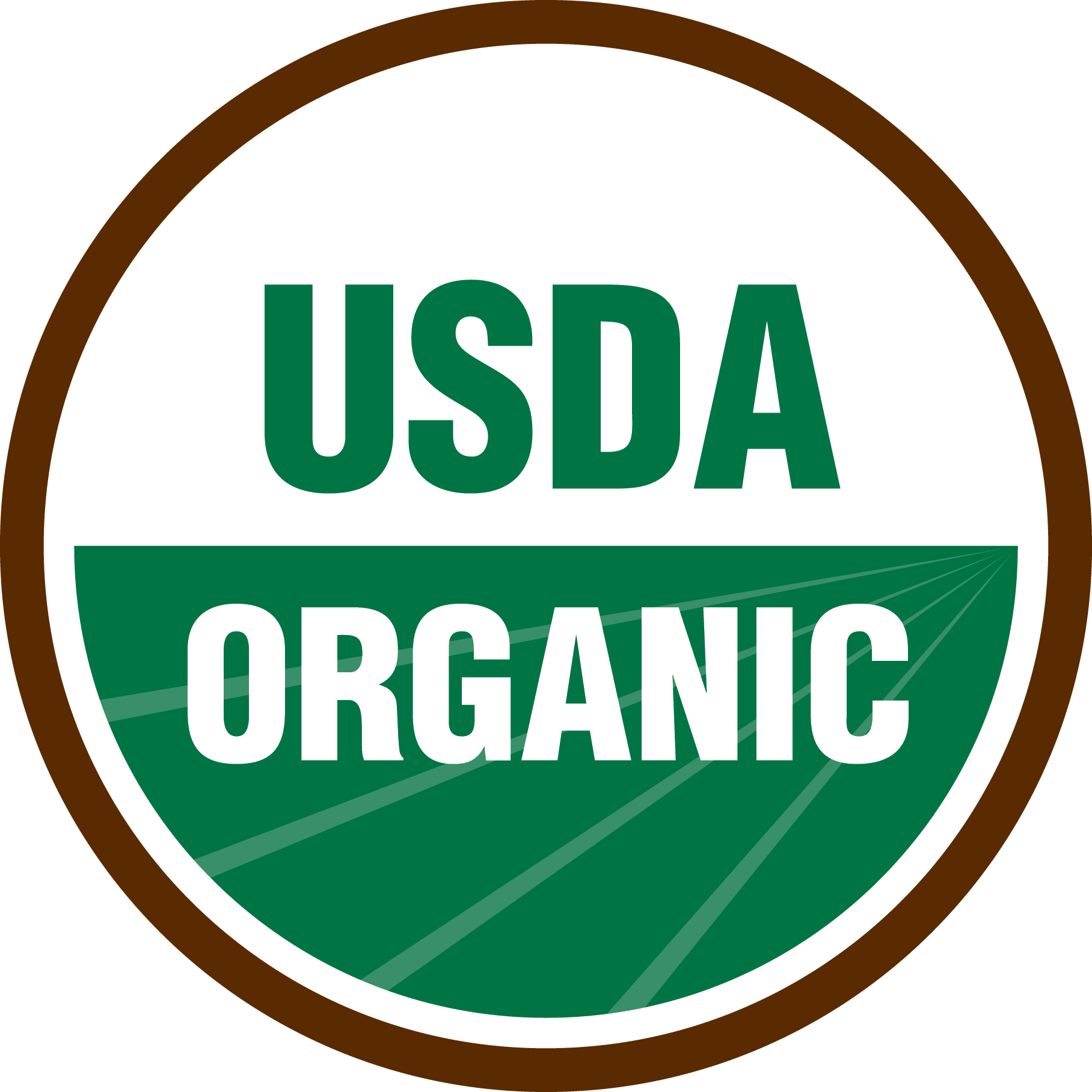 Increased consumer interest in the source of our food and the methods used to produce it has led to more frequent use of food production terms and labels to classify our food. Many of these labels indicate the production system that was used (or not used) on the farm where the food was produced. Almost all foods are produced on farms using either organic or conventional methods of farming. Both systems must manage soil health, pests, and weeds in crop production as well as make decisions concerning housing, nutrition, and health management in livestock production. However, they use different tools and production methods. An organic crop farm is limited to fewer substances that can be used for fertilizer and pesticides. They also cannot use genetically modified (GMO) varieties of seed.5 In contrast, conventional-style crop farms can use GMO seed if desired (and available) as well as synthetic forms of fertilizer or pesticide. Organic animal-origin foods such as meat, milk, and eggs are produced on farms meeting specific requirements. For example, animals are housed in living conditions that accommodate their natural behaviors, they are fed organic feed, and the animals are not given antibiotics or hormones.5 Foods produced on a USDA certified organic farm contain the green and white "USDA Organic" label.
Increased consumer interest in the source of our food and the methods used to produce it has led to more frequent use of food production terms and labels to classify our food. Many of these labels indicate the production system that was used (or not used) on the farm where the food was produced. Almost all foods are produced on farms using either organic or conventional methods of farming. Both systems must manage soil health, pests, and weeds in crop production as well as make decisions concerning housing, nutrition, and health management in livestock production. However, they use different tools and production methods. An organic crop farm is limited to fewer substances that can be used for fertilizer and pesticides. They also cannot use genetically modified (GMO) varieties of seed.5 In contrast, conventional-style crop farms can use GMO seed if desired (and available) as well as synthetic forms of fertilizer or pesticide. Organic animal-origin foods such as meat, milk, and eggs are produced on farms meeting specific requirements. For example, animals are housed in living conditions that accommodate their natural behaviors, they are fed organic feed, and the animals are not given antibiotics or hormones.5 Foods produced on a USDA certified organic farm contain the green and white "USDA Organic" label.